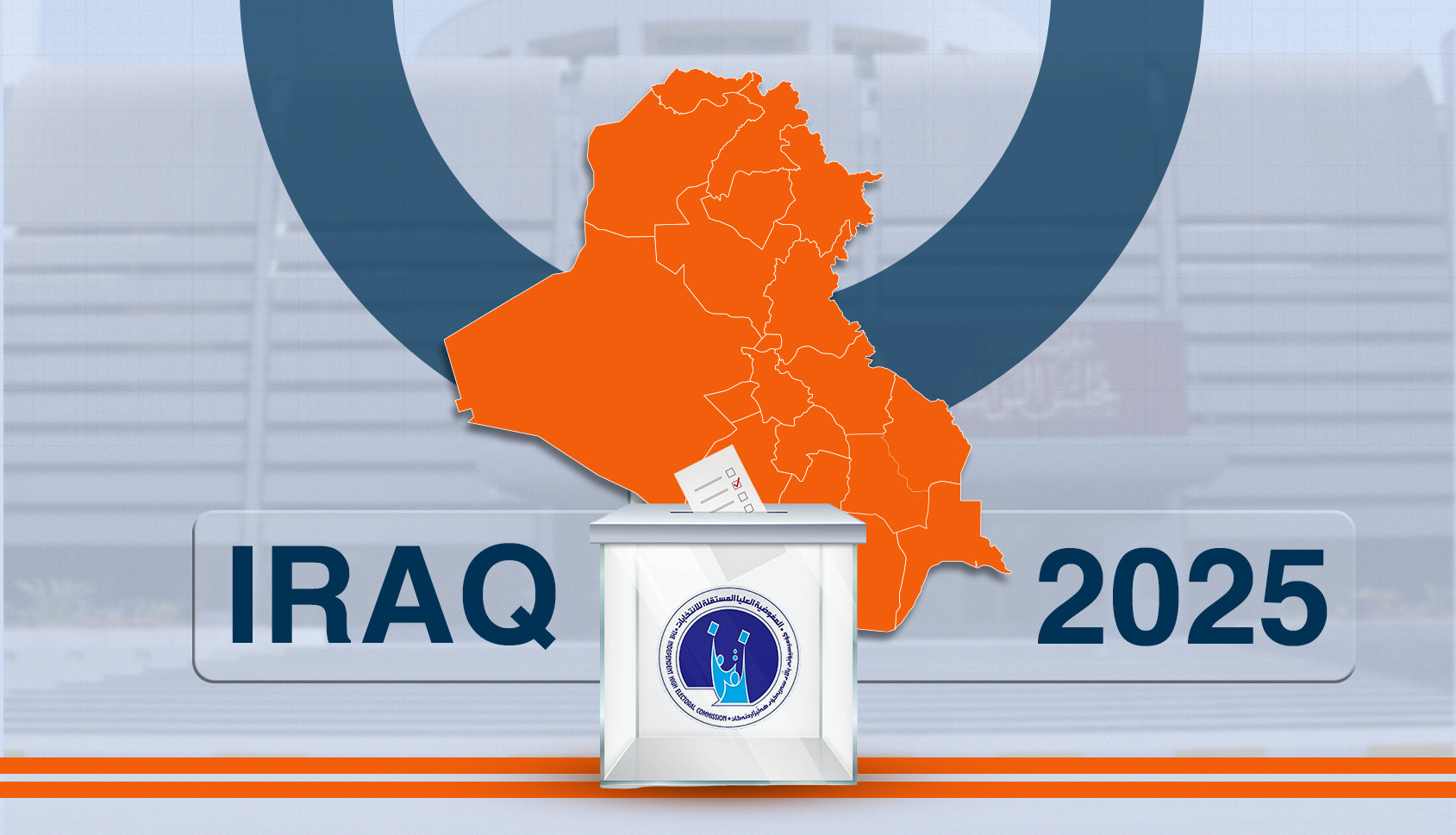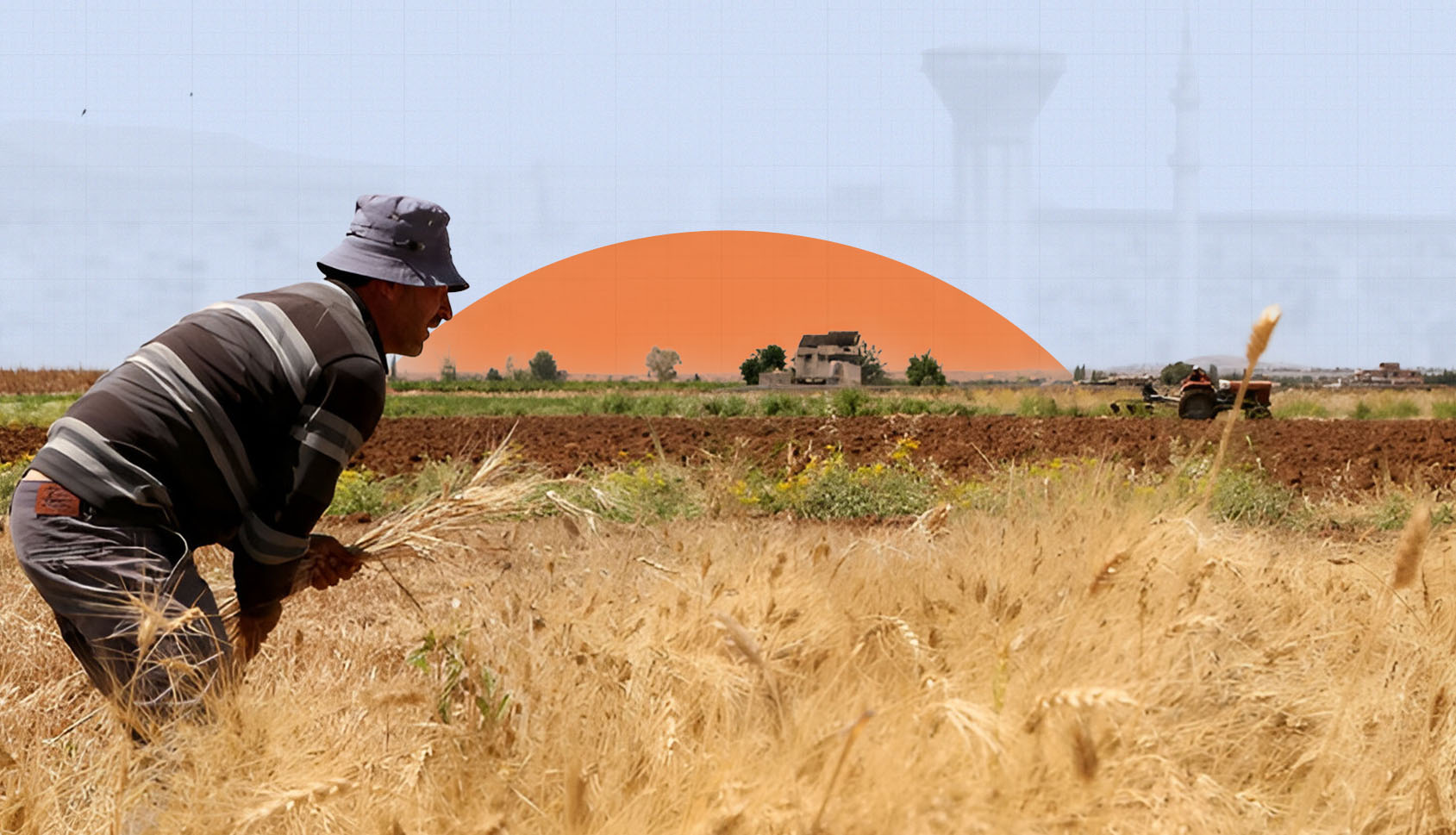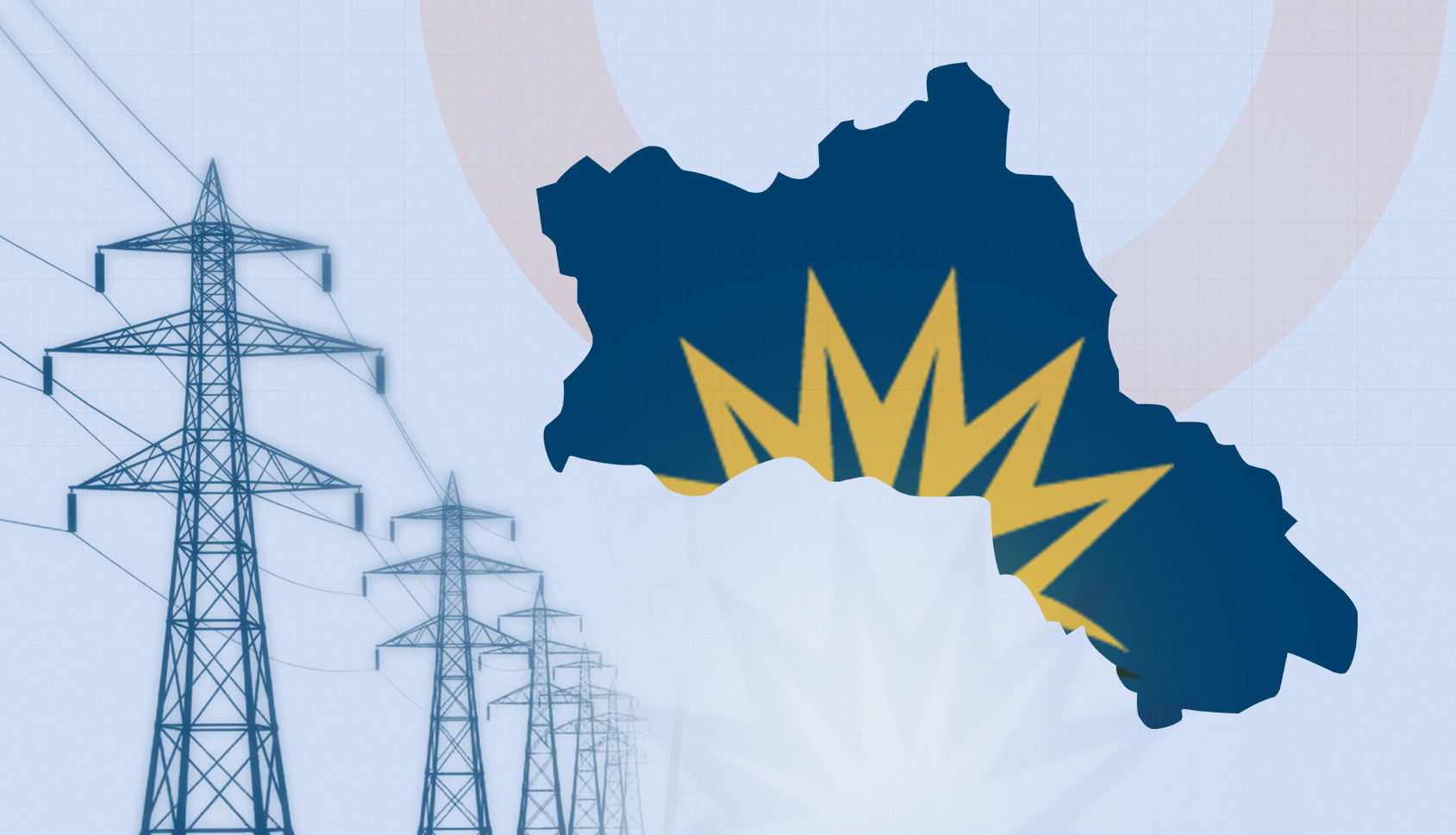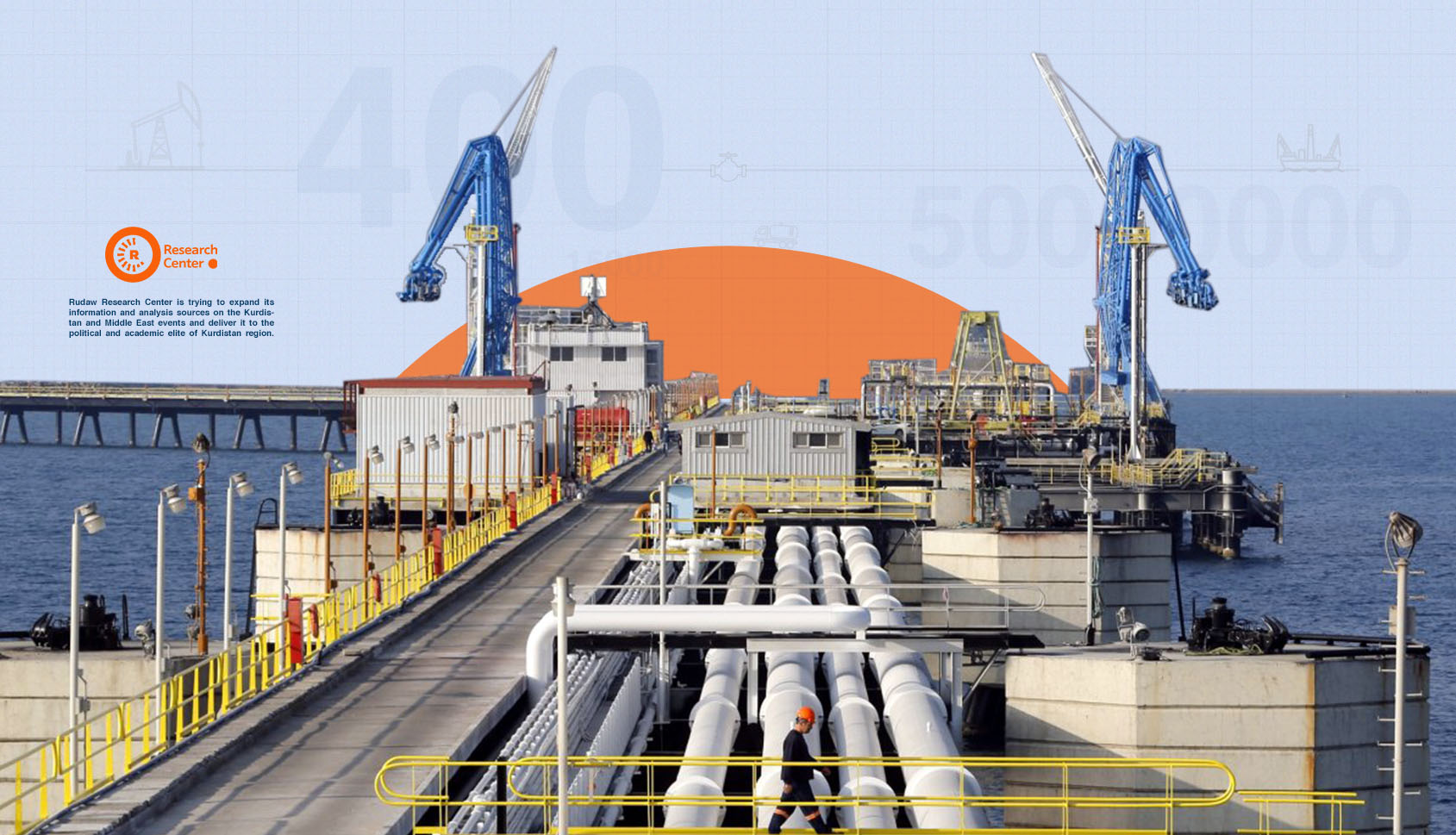RRC|
By Mamend Roje|
Introduction:
Iranian President Hassan Rouhani visits Iraq on Monday, March 11. The trip is remarkable in terms of its timing and themes. Internal and external dynamics have affected its timing. Meanwhile delegations from various sectors, including security, banking, energy, and top diplomats have worked to organize the event. The two sides are expected to sign significant deals.
The question is what impacts Rouhani’s trip would have on the KRG and why he does not visit Kurdistan Region?
Hypothesis: Regional developments are the key reason behind Rouhani’s visit. Iran feels that Iraq is bouncing back, so it might consider restoring its relations with Arab countries. Tehran, therefore, wants to move faster than the events. In such a situation, and KRG, as counter-balance factor, could become a more valuable asset in Iran’s calculation.
Iraq-Iran: Old Debts
Iran sees Iraq as its strategic depth. Some common factors play key roles in their relations. Iraq is the second center of Islamic world after Saudi Arabia. And as the home of holy Shiite Shrines, Iraq is the primary center in the Shiite world. Iraq is also a mostly shiite populated country, second only to Iran as regard its Shiite population. Iran’s view about Iraq has changed significantly since the collapse of the Baath Regime, that is, Iran views Iraq as its strategic depth rather than a strategic threat.
Release of water from Iran to Iraq once again will be a key issue in the meetings between Iraqi and Iranian officials. Draught, saltification of Shatt al-Arab river, water shortage, and the mass-migration of Iraqi farmers from the rural areas in the south have forced Iraq to ask for help from Iran. Shat al-Arab thalweg has dwindled towards inside Iraqi borders, and Iranian borders have expanded as a consequence. Meanwhile, Iran has cut off water supplies to Iraq, which has led to water scarcity, the expansion of salt-marsh and the saltification of Iraqi waters. Basra is a particular example of how this situation could turn into a catastrophe.
Electricity is another crucial issue for the Iraqis. Iraq imports 900-1300 megawatts of electricity from Iran every year, according to the US Information Energy Agency (EIA). Iran reduced its power supply to Iraq due to the unpaid bills and the rise of domestic consumption, especially in the summertime. This is a major source of concern for the Iraqi officials, especially because the scarcity of water and electricity might led to another wave of protests in the sweltering summer heat of Iraq. Iran perceives these demands as apropos, so it more likely than not answers them positively.
But, Iran also needs Iraq, as it plans to expand their bilateral trade volume to more than 10 billion dollars in a year. Moreover, Iraq is a large market for Iranian products and a good source for accumulating US dollar for Islamic Republic’s economy. Iran is eager to settle its trade talks and baking system issues with Iraq and to find a bypass mechanism through which Iran could keep its trade relations with Iraq without jeopardizing Baghdad’s relation with the US.
Besides, Iraq is allegedly turning to its Arab identity, intending to boost its ties with the Arab world. Arab states have welcome the Iraqi strategy. Baghdad wants to make a balance between its Arab and Shiite identities, which is also reflected in Iraqi public opinion, hence some Iraqi political parties ask for an end to Iranian interference in the Iraqi internal affairs. Shiite protesters chanted “Iran, out” during their summer demonstrations. Thus, Tehran wants to make full use of this week’s summit with the Iraqis to restore its ties with Baghdad.
Kurdistan: Once a threat, now an opportunity
It is time, now, to ask how the Iraq-Iran summit would affect the KRG. According to some sources, Iran was the driving force behind Barzani’s latest visit to Baghdad, as Iran wishes to use its relation with the Kurdish authority to balance its relations with Baghdad. Pundits indicate to two guiding factors in the Iranian foreign policy, which are its shared religious view with Iraqi shiites and its shared culture with the Kurds beyond its borders.
During his visit to the KRG, Iranian FM Mohammed Javad Zarif highlighted that “Iraqi and Syrian Kurds are our cultural extension, so we regard them as part of ourselves”. This statement is an indication of several dimensions of Iranian foreign policy in the region. However, looking at it from a real politic perspective, one can conclude that Iran is worried about the reemergence of Arab spirit among Iraqi Shiites. Iran is deeply concerned about the division among Iraqi Shiites into pro-Iran and pro-Arab blocks.
Iran has recently been trying to reorganize its relations with both Iraqi Shiite forces and Kurdish actors, especially the Kurdistan Democratic Party (KDP). From Iran perspective Kurdistan Region could be source of threats and opportunities. In Tehran’s view KRG could be a source for triple threats, that are, boosting the US and Israel positions in the region, strengthening of the Iranian Kurdish opposition forces and finally turning into an new area for Saudi Arabia and its allies’ dominance.
Moreover, Iran in accordance with its real politic approach recognizes the split within Iraqi Shiites. The slogan “Iran, out” by Iraqi Shiites disturbs the Iranians. It is within such a state of affairs that Iran sees KRG as an opportunity. Iran’s trade volume with KRG and Iraq are on par. Besides, Kurdistan Region is the transpiration route for most of the Iraq’s import from Iran.
Dealing with Kurdistan Region, Iran prioritizes looking for potential opportunities offered by KRG over the threats it poses. This is a crucial change with several internal and regional factors at play. Rouhani does not visit the KRG, but he has already settled many issues with KRG. Iranian presidents have never visited Kurdistan Region, but Iran has always had more robust relation with KRG compared with other Iraqi forces. The reason for this is simple: Kurdistan Region is positioned at front line of Iran’s national security strategy.






